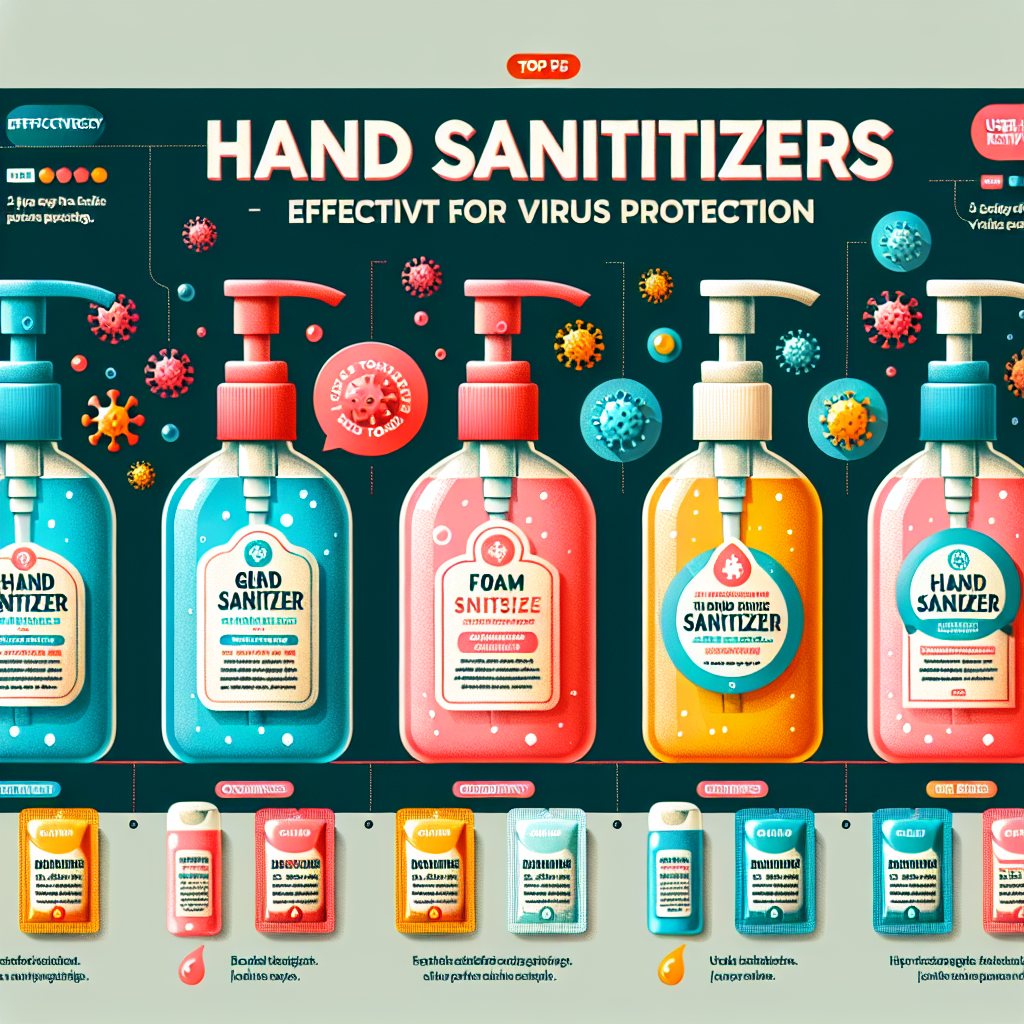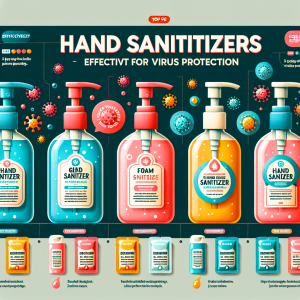Are antiviral drugs effective?
Antiviral drugs have emerged as crucial tools in the fight against viral infections, ranging from common ailments to more severe diseases like HIV/AIDS and COVID-19. Unlike antibiotics, which target bacteria, antiviral medications specifically inhibit the development and replication of viruses. This article will delve into the mechanisms of action of antiviral drugs, evaluate their effectiveness, compare their success rates and limitations, and explore future directions in research and development in this vital field of medicine.
Understanding Antiviral Drugs and Their Mechanisms of Action
Antiviral drugs work by targeting specific stages in the viral life cycle. Depending on the type of drug, they may inhibit viral entry into host cells, block viral replication, or prevent the assembly and release of new viral particles. For instance, entry inhibitors can prevent viruses from fusing with the host cell membrane, while polymerase inhibitors target enzymes crucial for viral RNA or DNA synthesis. Understanding these mechanisms is essential for the development of effective treatments and vaccines.
Additionally, antiviral drugs can be classified into several categories, including nucleoside analogs, protease inhibitors, and neuraminidase inhibitors. Nucleoside analogs, for instance, incorporate themselves into viral nucleic acids, causing premature termination of the viral genome during replication. Protease inhibitors, on the other hand, block the action of proteases, enzymes that are vital for processing viral proteins. This targeted approach not only helps in controlling the viral load but also minimizes collateral damage to the host’s cellular functions.
Importantly, the development of antiviral drugs is a rapidly evolving field. As viruses mutate, creating new strains that may resist existing therapies, scientists must continually innovate to stay one step ahead. This ongoing research is crucial for managing viral diseases and ensuring that antiviral drugs remain a potent line of defense against emerging viral threats.
Evaluating the Effectiveness of Antiviral Treatments Today
The effectiveness of antiviral treatments can vary significantly depending on the virus being targeted, the stage of infection, and individual patient factors. For example, antiviral medications for HIV have transformed the disease from a fatal condition to a manageable chronic illness. The introduction of Highly Active Antiretroviral Therapy (HAART) has led to improved patient outcomes and reduced transmission rates. This success showcases the potential of antiviral drugs when properly utilized.
In contrast, the effectiveness of antiviral treatments for other viruses can be more variable. For example, while antiviral medications like oseltamivir (Tamiflu) can reduce the duration of influenza symptoms, their efficacy is often criticized due to limited effectiveness when administered after the onset of symptoms. Similarly, the emergence of resistant strains of viruses like influenza makes it challenging to rely solely on antiviral drugs for treatment.
Moreover, the ongoing COVID-19 pandemic has highlighted both the potential and limitations of antiviral treatments. Medications like remdesivir have been authorized for emergency use, demonstrating a degree of effectiveness in reducing severe outcomes. However, as new variants continue to emerge, the need for continued evaluation of existing antiviral treatments remains paramount in ensuring public health.
Comparing Antiviral Drugs: Success Rates and Limitations
When comparing antiviral drugs, success rates can vary widely based on multiple factors, including the specific virus, the patient’s health status, and the timing of treatment initiation. For example, antiviral therapies for chronic infections such as hepatitis C have shown high cure rates, with some patients achieving sustained virologic response. In contrast, antiviral treatments for acute viral infections often have lower success rates and may be less effective if not administered promptly.
Limitations in antiviral drug effectiveness often stem from issues such as drug resistance and side effects. For instance, the emergence of resistant strains of HIV has necessitated the continual development of new classes of medications. In some cases, patients may experience adverse reactions that can limit the usability of certain antivirals. Furthermore, the availability and accessibility of these treatments can also impact their overall success rates, particularly in low-resource settings.
Additionally, health disparities can result in unequal access to antiviral drugs, affecting treatment outcomes. Patients in underserved communities may face barriers to receiving timely and effective antiviral therapy, emphasizing the need for public health initiatives that prioritize equitable access. The interplay between drug efficacy, patient adherence, and broader health system factors must be considered when evaluating the success of antiviral treatments.
Future Directions in Antiviral Drug Development and Research
The future of antiviral drug development is marked by innovation and the potential for more personalized approaches to treatment. Researchers are increasingly leveraging technologies such as artificial intelligence and genomics to identify new antiviral compounds and optimize existing therapies. This shift towards precision medicine holds promise for tailoring antiviral treatments to individual patient needs and specific viral strains, ultimately leading to more effective outcomes.
Ongoing research into combination therapies is also a promising direction. By using multiple antiviral agents that target different stages of the viral life cycle, it may be possible to reduce the likelihood of resistance development and enhance overall treatment efficacy. This strategy has already seen success in the management of HIV and is being explored for other viral infections, including Hepatitis B and C.
Moreover, the lessons learned from the COVID-19 pandemic have underscored the importance of rapid antiviral drug development in response to emerging viral threats. As future pandemics are anticipated, establishing frameworks for accelerated clinical trials and regulatory approvals will be essential. Investing in antiviral research not only prepares us for potential outbreaks but also expands our arsenal against existing viral infections.
In conclusion, antiviral drugs represent a vital component of modern medicine, offering effective treatment options for a range of viral infections. While their effectiveness can vary based on multiple factors, ongoing research and development promise to enhance their utility in clinical practice. By understanding the mechanisms of action, success rates, and limitations of antiviral therapies, as well as exploring future innovations, we can better prepare for the challenges posed by viral diseases. Continued investment in antiviral drug development is essential for safeguarding public health and improving patient outcomes.
For further reading, you may consult the following resources:
- World Health Organization (WHO) on Antiviral Drugs
- Centers for Disease Control and Prevention (CDC) on Antiviral Medications
- National Institutes of Health (NIH) on Antiviral Drug Research
Top hand sanitizers for virus protectionSeasonal flu vaccine effectivenessLatest research on virus transmissionRelevant LinkRelevant LinkRelevant Link













